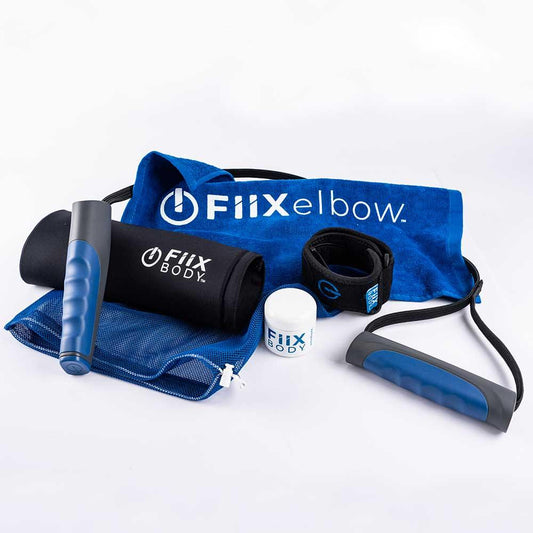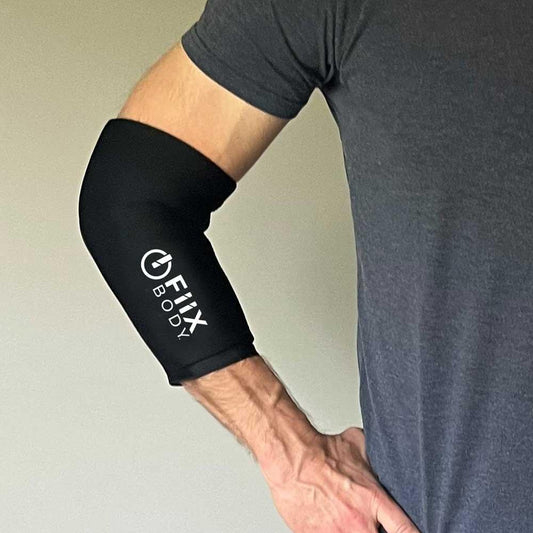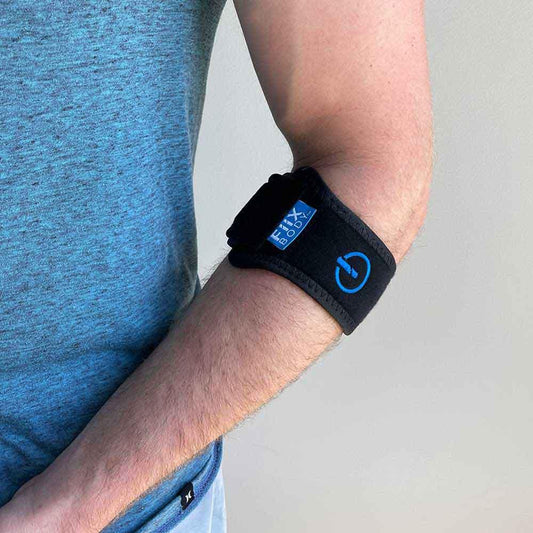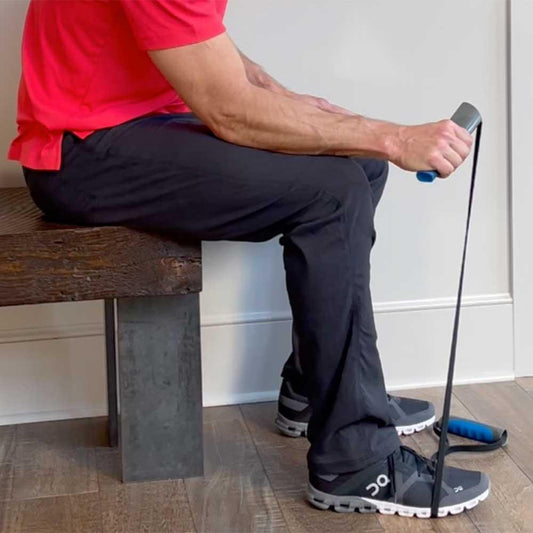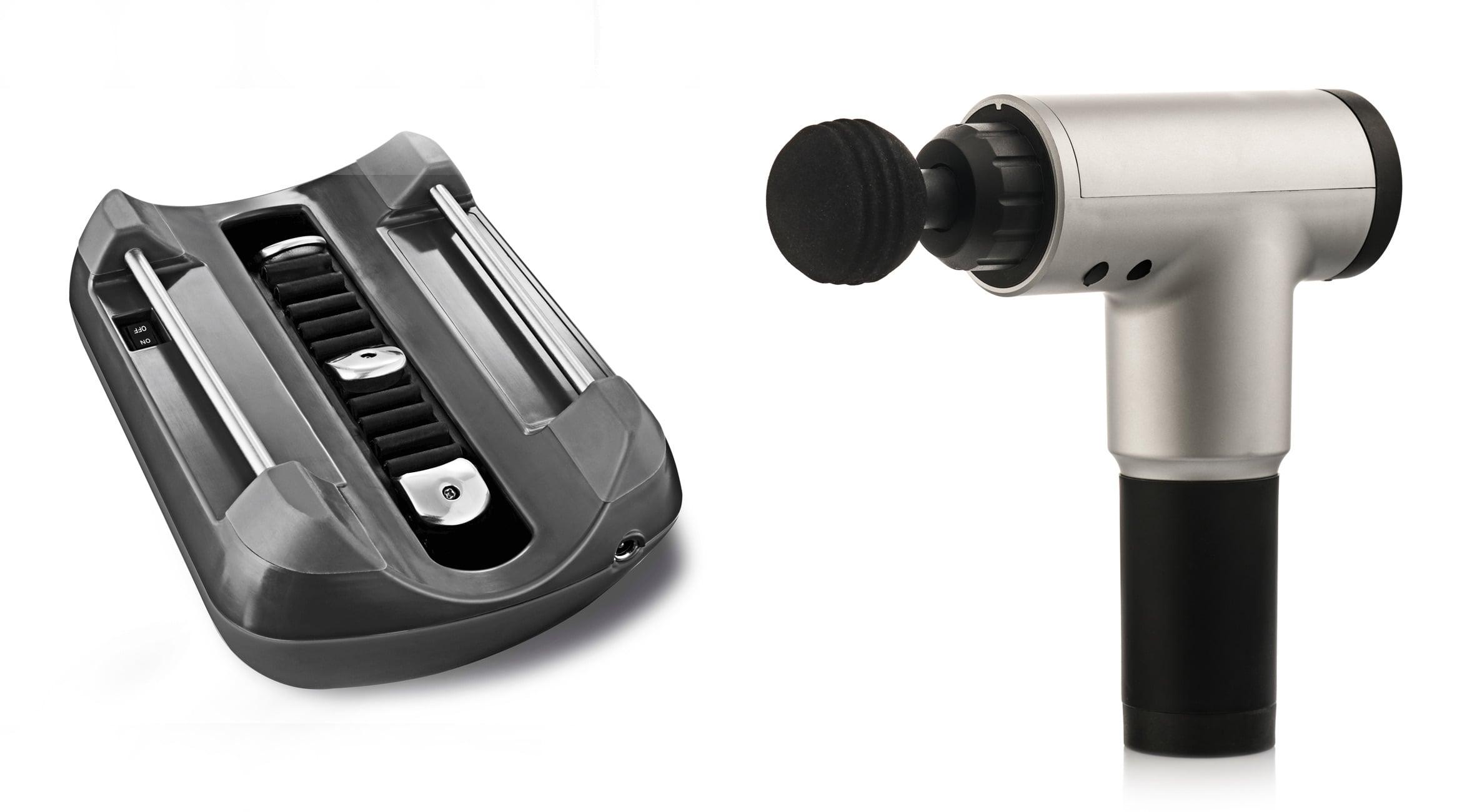With the economic devastation inflicted in 2020 by the coronavirus pandemic, millions of people in the United States have lost their jobs, along with their health insurance. At the same time, the future status of the Affordable Care Act remains uncertain. Furthermore, health insurance costs continue to rise, effectively pricing out some Americans who simply cannot afford such an expense.
While going without health insurance is risky for medical emergencies and diseases, there are some conditions that can be effectively managed through self-treatment. One of these is tennis elbow, which affects 6.5 to 9.5 million people in the U.S., typically ages 40-60. Caused by repetitive arm movement, this painful injury affects more than just tennis players, but also golfers, fitness enthusiasts, gamers, crafters, office workers, musicians, hairdressers, plumbers, painters, landscapers and construction and manufacturing workers.
With tennis elbow, strain from overuse can lead to microscopic tears in the tendons and muscles of the forearm, causing inflammation and pain at the outside of the elbow. This makes it difficult to grip items, turn a doorknob, brush your teeth, hold a coffee cup and more. Without treatment, pain is unlikely to go away on its own.
Cost-Effective Tennis Elbow Treatment Options
The first recommendation for tennis elbow is to rest the area as much as possible, and stop the activities that cause pain. However, if tennis elbow results from a person’s occupation, it is impractical for most people to stop working until the pain goes away. Limiting some activities, taking frequent breaks and adjusting one’s form or technique all can provide some short-term relief.
Ice and non-steroidal anti-inflammatory medications, such as ibuprofen and naproxen, also can temporarily alleviate pain. Icing is generally recommended for 10-30 minutes at a time, three to four times daily. After inflammation has subsided, and tennis elbow has persisted over time, applying a heating pad for 10 to 15 minutes once per day relaxes the muscles and encourages blood flow to help heal the tendons.
Some people advocate natural remedies for treating tennis elbow, including taking herbs such as turmeric, ginger and bromelain. Essential oils like lemongrass and marjoram, when rubbed on the skin, are thought to help heal connective tissue, and peppermint serves as an anti-inflammatory.
Multiple external supports are readily available over-the-counter to minimize movement, disperse forces, and reduce stress on the muscles and tendons. These come in the form of braces, compression sleeves and straps; cryosleeves include ice as well. While these are useful for temporary pain relief, they shouldn’t be worn all the time.
Performing specific stretches and exercises can mobilize and strengthen the tendons and muscles of the forearm and shoulder, while increasing blood supply to the area to encourage healing and functional restoration. Tennis elbow sufferers can access recommended exercises and stretches from a variety of reputable online resources.
Self-massage on the forearm also stimulates circulation, decreases muscle tension and helps break down potential trigger points and adhesions that occur with tennis elbow. Firm, long strokes, or transverse friction massage across the tendon, can be effective in treating pain.
Ideal Tennis Elbow Treatment – No Insurance Needed!
One of the best ways to treat tennis elbow without health insurance is the new Fiix Elbow device from Stā Active. Unprecedented in the marketplace, the E5 automates a clinically proven physical therapy procedure known as instrument-assisted soft tissue mobilization (IASTM) for use at home.
Using repetitive, linear strokes on the forearm, the Fiix Elbow breaks down adhesions and scar tissue and stimulates a local inflammatory response. This increases blood flow, cellular and tissue regeneration and collagen production to help heal the tendon. The regimen is 10 minutes per day, three times per week, for eight weeks.
In addition, the Fiix Elbow protocol also includes physical therapist-recommended stretches and strengthening exercises to improve mobility and reduce risk of future injury. And all treatment can be done conveniently at home.
Available without health insurance or a prescription, this non-invasive, drug-free device is risk-free to users, as it comes with a 90-day, money-back guarantee. Plus, it can be used to manage any periodic tennis elbow flare-ups, as well as by other household members.
Costs and Coverage
When considering options, one question you may likely have is “what does it cost for tennis elbow treatment?” Of course, that depends on what your doctor recommends, what option/s you pursue, and if treatment for tennis elbow is covered by insurance (if you do have it).
Estimates vary widely according to the number and type of treatments pursued, but non-surgical, self-care options mentioned here can range from $25 to $500. Working with a physical therapist, with two to three 60-minute appointments weekly, for eight to 12 weeks, can range from approximately $2000 to $5000, without health insurance, based on the therapist’s time and additional modalities, such as acupuncture, TENS or ultrasound.
Injections of steroids or platelet-rich plasma can run into the thousands of dollars, and is not covered by health insurance. And if surgery ultimately is required (which is relatively rare), costs can jump to $15,000 to $25,000 without insurance.
Even with health insurance, however, professional, in-office treatment still requires that you cover potential co-pays and coinsurance, and meet a deductible, which can add significant costs.

